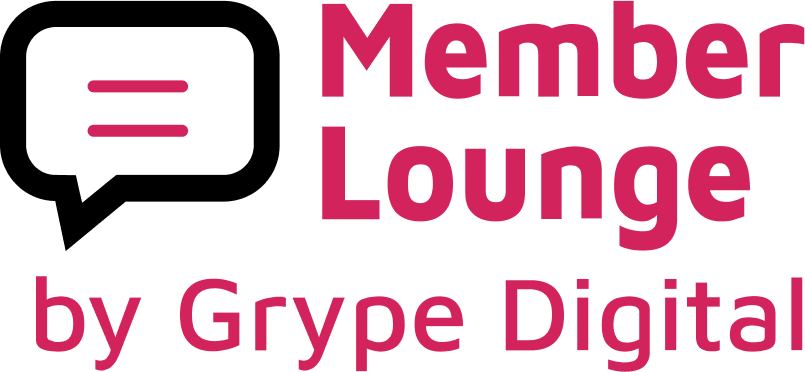Truth be told, there is no single answer on how to launch your project on time. It’s a combination of best practices, competent people, positive motivations, and creative planning. With our 16-hour workdays, we must take some of our development practices to extremes and unblock our team members every few hours.
Best Practices for Launching Your Project
Here are seven simple things you can do to make sure you launch your project on time.
Set short milestones with well-defined deliverables:
Deadlines drive people. Break your project down into smaller features and components and prepare a plan for how you will implement them. Create a weekly or bi-weekly release calendar and assign concrete deliverables to each release. Each deliverable should have a clear definition and an accountable person. This way you will drive productivity up, week on week, and launch your project on time.
Discuss risks and challenges early on:
If it itches, scratch it! Discuss challenges as early as you are able. This way your team members will be aware of them and contribute to finding solutions. Sometimes magical solutions reveal themselves just by talking within the team about the challenges. Do not hide issues, as they will only get bigger and eventually blow up.
As entrepreneurs and project managers, we take risks every day and it’s hard to avoid them. The trick is to take calculated risks where your hard work can make up for the unknowns.
Communicate frequently with your team and stakeholders:
Lack of communication is one of the major causes of frustration in projects. Make sure you communicate with your team frequently, and that everyone is on the same page in terms of expectations, feature requirements, and the project schedule. By communicating more, we can resolve or completely avoid a lot of issues.
If you have a remote team, this is even more important to keep in mind; you have to be intentional about reaching out when the distance is an impediment. It’s also important to make sure your team members are talking to each other.
Learn to say “No” to features:
Scope creep can kill a project! Learn to say no to features that are low priority and do not add to your product’s bottom line. Saying “no” a few times will be hard at first, but once you get used to it, you will see how it allows you to focus better on items that matter.
Do not stress your team out:
I think there is a fine line between working hard and working so hard that you become counterproductive. You should try to understand where this line is for your team and do everything you can to avoid stressing out your team members.
Release early betas and prototypes:
Release early betas or prototypes to a friendly group of testers. The sooner your software gets into the hands of your users, the sooner you will start receiving bug reports and improvement ideas. Users do things on websites you can’t even imagine. Get them involved early.
Know the Project Triangle:
Three key aspects of any project are cost, scope, and time. The project triangle says you can only control two of these three parameters in a project and will have to compromise on the third parameter.
Even though it’s a bit dated and projects nowadays have a lot more variables, the project triangle gives you a simplistic view of what to expect when there are changes in any of these parameters.

Want more expert advice on web projects? Check out How to Manage Risk In Your Web Projects and Launch Like a Pro!




